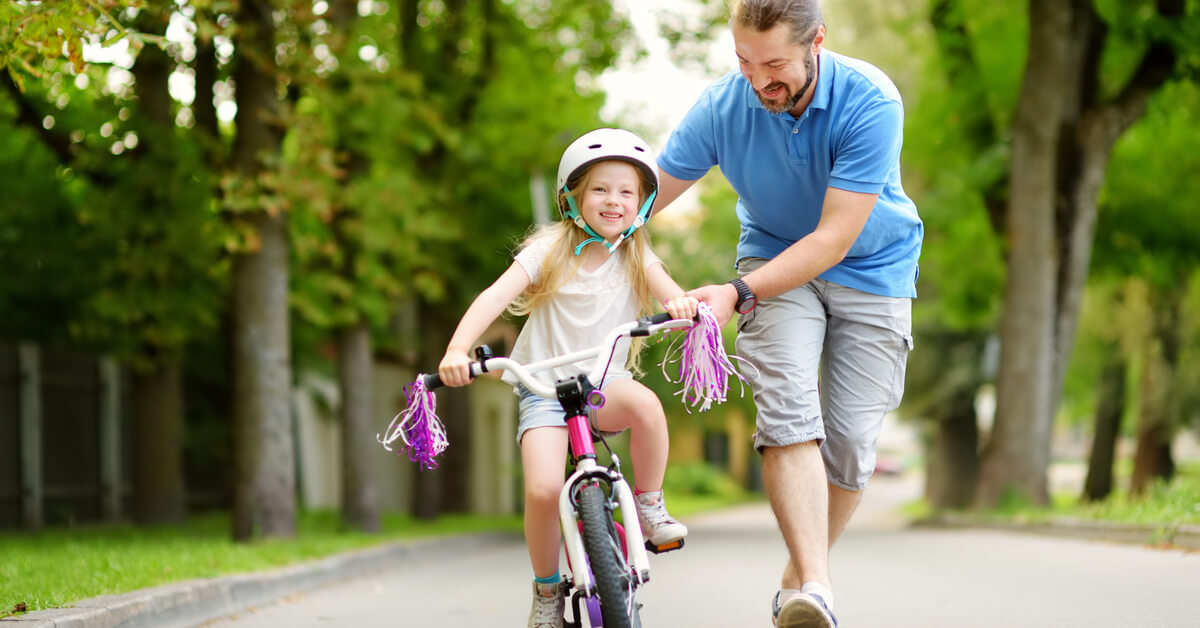One morning last spring, my youngest child announced that he was going to ride a bike without training wheels. He hopped on with confidence, but after about 10 minutes of wobbles and falls, he threw the bike down in frustration.
“It takes a while to learn how to ride,” I reminded him.
“But mom,” he replied. “I don’t want to learn how to ride a bike — I want to know how to ride a bike!”
I get it. I often want that magic wand myself — to bypass the stretch-zone of learning and move straight to mastery. This is particularly true when it comes to building habits. For example, we know from research that gratitude, optimism, and mindfulness can help us navigate life’s challenges. But if I only try deep breathing when I’m in crisis mode, I’m going to fall off the bike. And how often do we expect our children to exhibit these traits without giving them concrete opportunities to practice them?
I teach a weekly workshop to middle schoolers on how to build the social and emotional habits that help us thrive. This semester, I’m conducting a bit of an experiment with my students that has…

